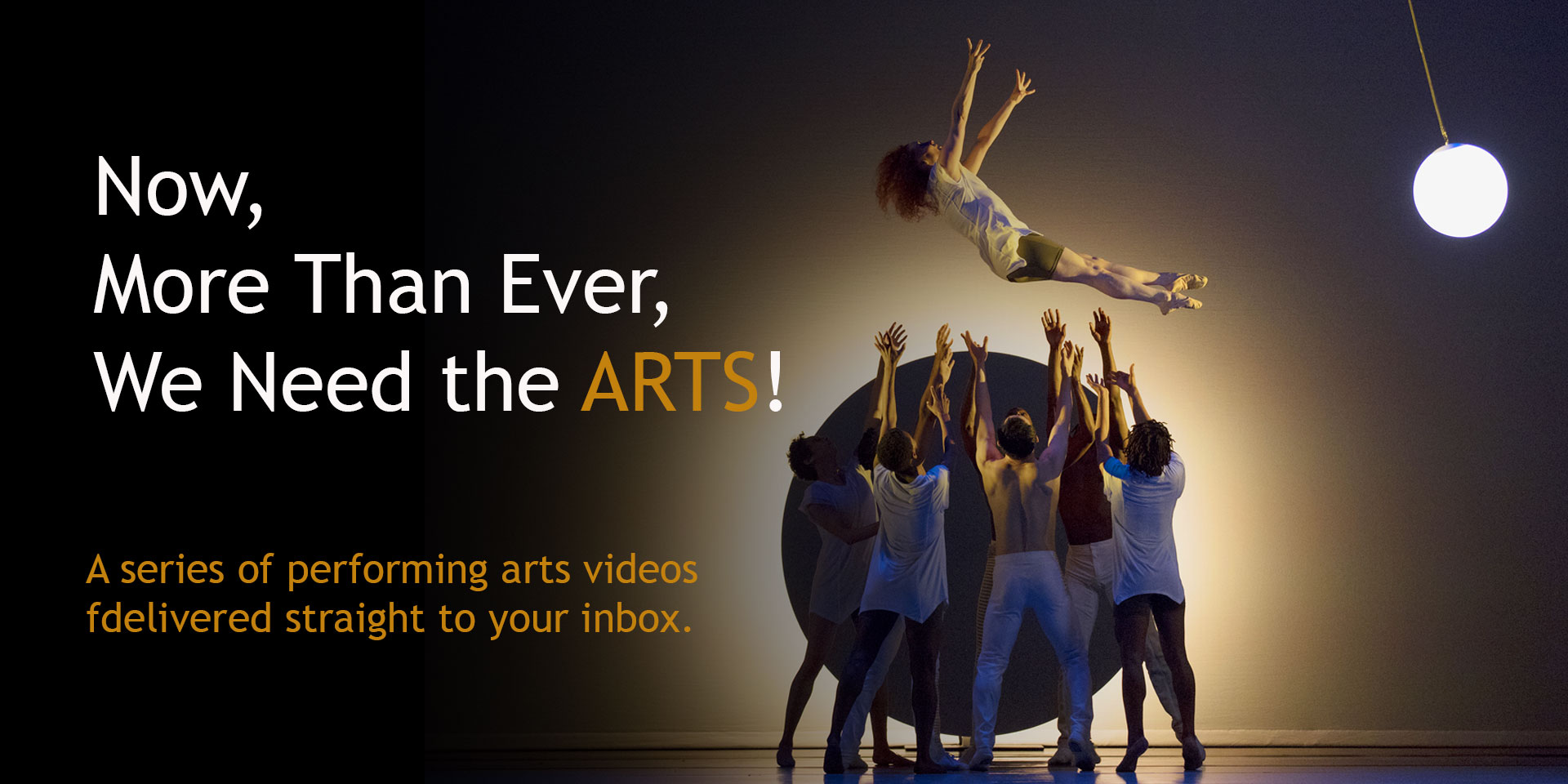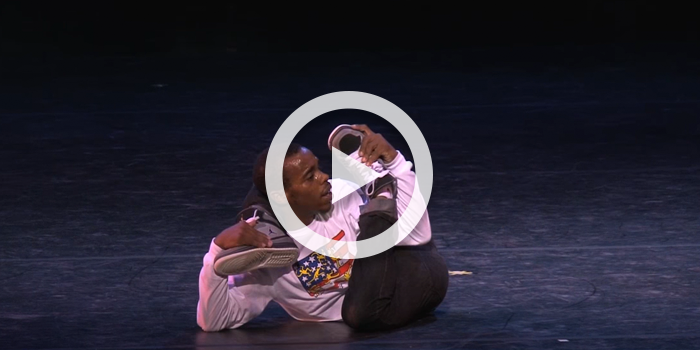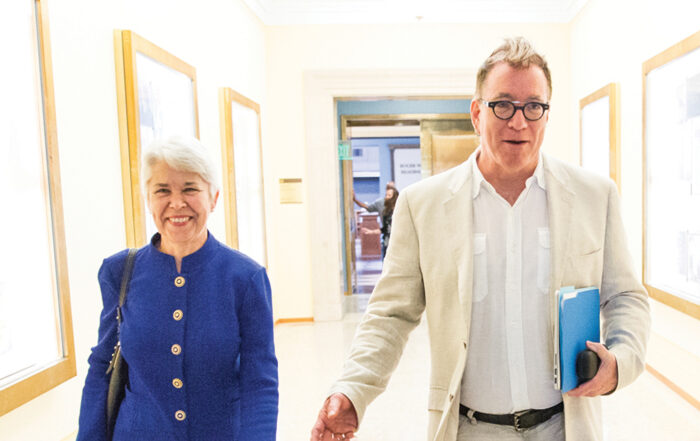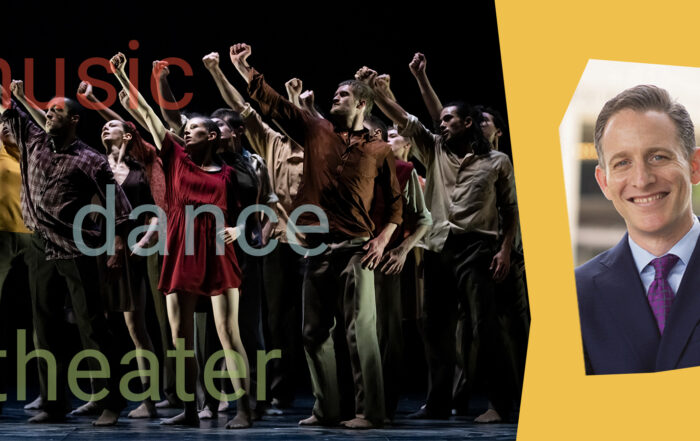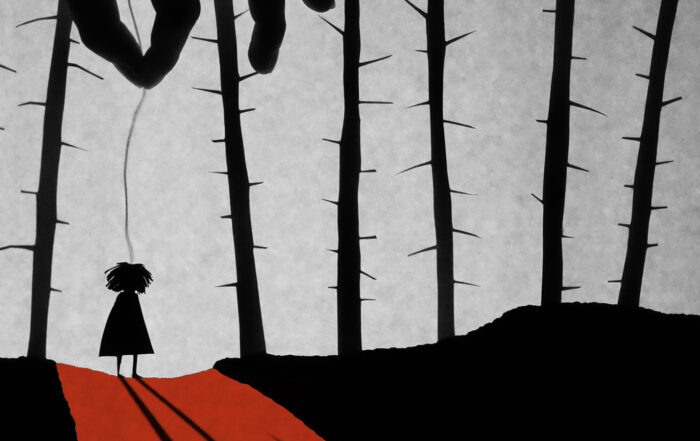In this issue: Pianist Keith Jarrett performs Gershwin’s “Summertime;” Catalyst Quartet performs “Strum;” Damien Sneed explains the history of Gospel; an excerpt of Kirov Ballet performing Swan Lake; Haïg Sarikouyoumdjian on the duduk; Jordi Savall conducts J.S. Bach’s Magnificat
Now, More Than Ever: Issue 32
Even as most concert halls, theaters, and museums have remained dark, the arts have persevered. Whether from a prima ballerina’s living room, a virtuoso musician’s backyard, or a multitude of online, “virtual” spaces, artists have kept on creating. Today’s artists are truly showing us—on a daily basis—what it means to remain resilient, creative, and hopeful.
The Now, More Than Ever series was created so that Cal Performances could continue bringing you the broadest spectrum of the highest quality performances by world-renowned artists of the past, present, and future, enhanced through compelling context and a sense of connection to our community. The audience for this effort has now grown to more than 40,000, with people from around the country writing and asking to be included in our emails. I have been delighted by the many responses we’ve received from you, our patrons and donors, and our new friends, thankful for these playlists and for the brilliant work of the featured artists.
If you have enjoyed our ongoing Now, More Than Ever series and are in a financial position to do so, I hope you’ll consider making a gift today in support of Cal Performances. Your contributions will allow us to continue championing our artistic community during this difficult and challenging time and will help ensure that we are able to produce and present performances of the highest artistic quality when we reopen. Sincere thanks to the many donors who have already sent in contributions.
With gratitude and best wishes for your health,
Jeremy Geffen
Gershwin: “Summertime”
Keith Jarrett, piano
If you’re like me, it might take a little time here before you recognize “Summertime,” George Gershwin’s beloved melody from Porgy and Bess, but pianist Keith Jarrett’s take on the famous tune is so propulsive and filled with rhythmic reinterpretation (including foot stomps!) that it’s well worth the momentary sense of disorientation. This performance—captured live at Tokyo’s Suntory Hall in 1987 and available on the Keith Jarrett – Solo Tribute: The 100th Performance in Japan DVD (no audio recording seems to have been made)—displays the boundless invention we’ve come to expect from Jarrett, one of the finest pianists in any genre and a past favorite with Zellerbach Hall audiences. Many thanks to Cal Performances trustee Susan Marinoff for offering this recommendation.
Jessie Montgomery: Strum
Catalyst Quartet
The multi-talented Jessie Montgomery (a member of—and here playing second violin with—the excellent Catalyst Quartet) has quickly emerged as one of the most interesting compositional voices of her generation. A native of New York City, Montgomery grew up on the Lower East Side, attended the Third Street Music School Settlement, and then moved on to violin and composition studies at The Juilliard School, NYU and Princeton University; since 1999, she has been affiliated with the Sphinx Organization, which supports young African-American and Latinx string players. (Montgomery currently serves as composer-in-residence for the Sphinx Virtuosi, the organization’s flagship professional touring ensemble.)
I’m really impressed with the driving energy of this piece, which is featured on Montgomery’s 2015 recording Strum: Music for Strings, the first album dedicated solely to her music. The interplay between plucked and bowed effects is not new—well-known examples include the second movements of both the Debussy and Ravel string quartets—but here Montgomery uses the technique as a stepping-off point for a work that is totally original. For me, the effect is nothing short of fascinating.
The Styles of Gospel, with Damien Sneed
Grass certainly doesn’t grow beneath the feet of Damien Sneed; he does so much—as a pianist, vocalist, organist, composer, conductor, arranger, producer, and arts educator—and some of his most prominent work has been as Aretha Franklin’s last music director and as a producer/arranger on Jessye Norman’s final recording. Sneed works with a wide variety of artists in classical, jazz, gospel, and other kinds of traditional music and he moves fluidly between all of these genres. He appeared last season at Cal Performances and is scheduled to return to Zellerbach Hall in March 2021 with his rousing Aretha Franklin tribute.
I was immediately impressed by this short tutorial on gospel music and the regional differences found in church traditions from around the United States. Sneed is a master pianist, and you can see the quickness of his mind as he notes the characteristics that distinguish each of these variations.
While we’re at it, please take a moment to watch another short video, of Sneed accompanying the brilliant bel canto tenor Lawrence Brownlee (see Now, More Than Ever, Issue 18) in a performance of the touching spiritual “All Day, All Night.” Here, Sneed tailors his playing to show off Brownlee’s considerable vocal strengths and it’s a real pleasure to see the two men performing together. (Clearly, this was filmed by a fan, and it’s not the most sophisticated video; but it captures the moment.)
Act II Adagio from Swan Lake
Kirov Ballet
Natalia Makarova and Konstantin Zaklinsky, dancers
The drama of this event must have been overwhelming. As the New York Times reported on August 8, 1988:
Natalia Makarova, the Russian ballerina who defected to the West 18 years ago, danced with the Kirov Ballet here last night, becoming the first Russian dancer allowed to perform with a Soviet company after emigrating to the West.
Her emotional performance of the Act II adagio from “Swan Lake,” her own choice for the evening, drew a standing ovation from the capacity audience at the 3,200-seat Business Design Center, where the Kirov had performed all week.
A huge smile on her face, Miss Makarova plucked a rose from her bouquet, kissed it and handed it to her partner, Konstantin Zaklinsky. She then turned her back to the audience and curtsied deeply to the Kirov dancers who filled the stage.
Special permission for the performance had been sought and obtained from the Soviet government. “It takes a long time for anything to happen in the Soviet Union,” a Kirov spokesman told the press. “For every Gorbachev, there are others in the old guard who don’t want things to move as fast.”
And speaking afterwards from her dressing room—while wearing a Kirov sweatshirt autographed by members of the company—Makarova told the Times, “It was emotional ecstasy… I was so nervous I was shaking, shaking like I have never done before.”
But nerves aside, what fluidity, elegance, and mastery! What (seemingly) effortless grace! And how wonderful that, following this moving performance, Makarova was invited to return to Leningrad to dance with the company on the stage where she trained as a young star. In doing so, she made history.
(It’s worth a reminder that the legendary Kirov changed its name back to the Mariinsky Ballet in the years following Perestroika. The company and its orchestra have been frequent guests at Zellerbach Hall, most recently last October/November for performances of the ensemble’s legendary production of La Bayadère.)
Improvisation on traditional Armenian folk themes
Haïg Sarikouyoumdjian, duduk
Jordi Savall, viola da gamba
We’ll conclude today’s Now, More Than Ever with two videos featuring Cal Performances’ great friend, audience favorite and peerless instrumentalist, conductor, scholar, and musical polymath Jordi Savall.
There’s something absolutely time-stopping about the sound of the duduk, the ancient double reed woodwind instrument made of apricot wood, indigenous to Armenia but shared by many cultures. And it’s truly remarkable to hear the instrument played with such heartfelt authenticity by Armenian folk musician Haïg Sarikouyoumdjian. You can see his cheeks inflate, but the instrumentalist is employing a technique called “circular breathing,” where the performer doesn’t need to stop playing in order to take in air. This gives the ethereal impression of producing one long, seamless musical phrase, sustained and unbroken from start to finish.
Over the years, Cal Performances audiences have become accustomed to being introduced to musical traditions from around the world by Jordi Savall, whose musical curiosity appears to be infinite. One of my very favorite artists—and a true Renaissance man—Jordi has a marvelous ability to link seemingly disparate cultural groups and celebrate their shared humanity.
J. S. Bach: Magnificat, BWV 243
La Capella Reial de Catalunya
Le Concert des Nations
Jordi Savall, conductor
We don’t get many opportunities to see it, but Jordi Savall has made a fine career for himself as a conductor. (His recording series of the nine Beethoven symphonies with Le Concert des Nations is currently underway, a reminder of the man’s seemingly limitless abilities.) Here, for Bach’s ever-popular Magnificat, Savall has assembled a formidable artistic team; the strength of the instrumentalists and soloists (sopranos Hanna Bayodi-Hirt and Johannette Zomer, countertenor Damien Guillon, tenor David Munderloh, and baritone Stephan MacLeod) is no surprise, but what really impresses me is the quality of the chorus. We naturally associate Bach with liturgical music, but it’s usually Lutheran; this is the composer’s first major liturgical work set to a Latin text, and, of course, it springs from the Catholic tradition. This music is full of invention, wonderful surprises (such as in the unexpected and driven “Omnes generationes”), and pure joy (the opening movement). And what a treat to see it performed in the beautiful setting of the Royal Chapel at Versailles!
Now, More Than Ever Full Playlist
Now, More Than Ever Spotify Playlist


